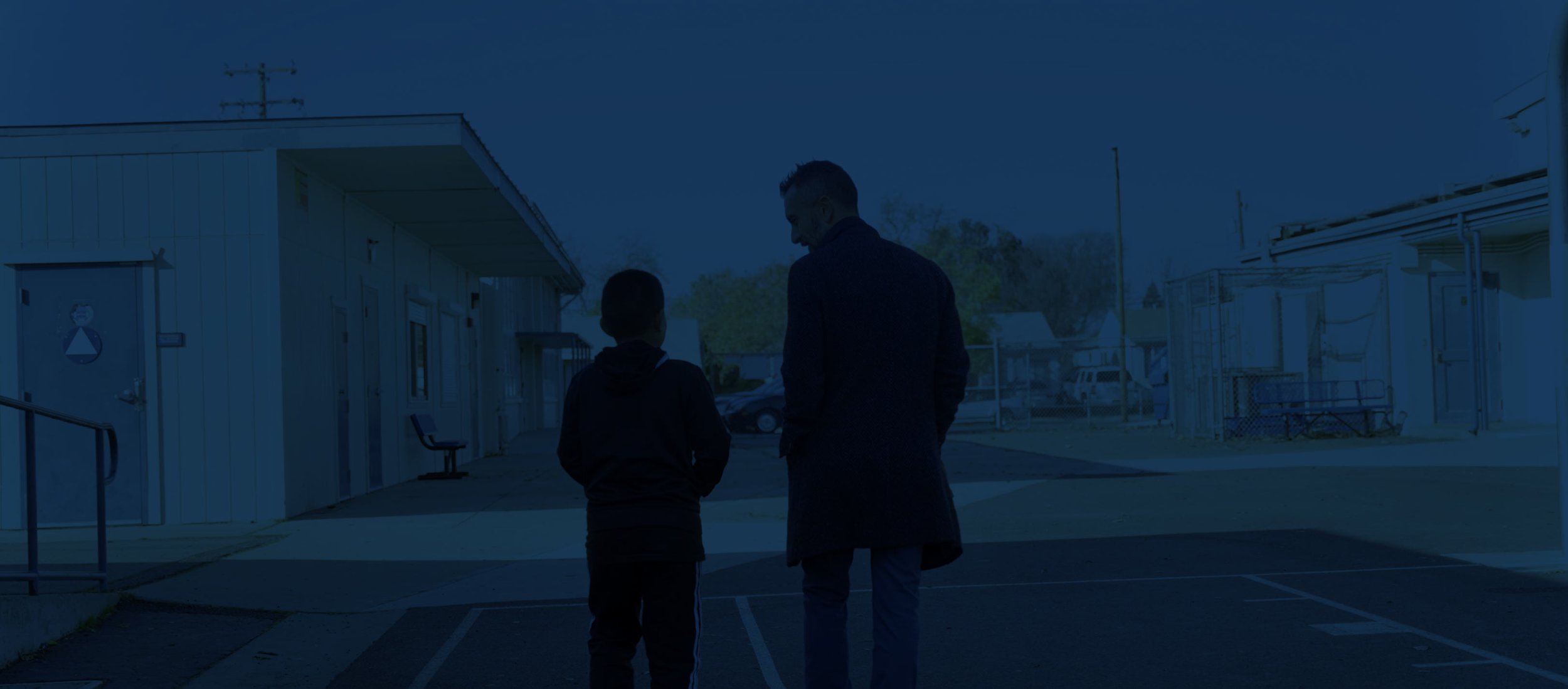
Principal Role
Implementation Phase
Training Resource Home > Principal > Implementation Phase
Phase Overview
In this phase, Principals will understand how to implement a transformative School-Based Mental Health and Wellness program that provides essential support for students, staff, and families. They will grasp the clear, actionable steps needed to integrate the program into their school community, ensuring a seamless process. By completing the outlined tasks, Principals will take significant steps toward building a stronger and healthier school environment.
Phase Goals/Objections
Guide the integration of the School-Based Mental Health and Wellness program into the school community using clear, actionable steps
Ensure that all students, staff, and families have access to necessary support for their well-being
Implement the outlined tasks to build a stronger, healthier school environment
Foster a supportive atmosphere that promotes mental health and wellness for the entire school community
Monitor and evaluate the impact of the program to continuously improve and meet the needs of the school
Meet & Orient Clinician(s) & Family Navigator
Introduce the clinician to the team, making sure they have detailed access instructions and a properly designated workspace. Assist them in settling in by sharing key upcoming meetings and activities, while also confirming their workspace meets the necessary confidentiality requirements. During orientation, engage in a discussion about their integration into both the school team and the broader school community, and ensure they receive the school calendar to stay updated on all important events and schedules.
-
• Conduct general introduction with Clinician and Family Navigator
• Support Clinician and Family Navigator in acclimating to school site/campus:
Provide school/campus access instructions
Assign Clinical office/space where Clinician will work
Notify Clinician and Family Navigator of important upcoming meetings/activities
• Facilitate thorough orientation for new clinicians and Family Navigator. Orientation activities can include:
Discuss plan for Clinician’s and Family Navigator’s integration into the school team
Discuss plan for integrating Clinician and Family Navigator into school community
Provide school calendar
Ensure Clinician’s work space meets confidentiality needs
Introduce Clinician To School Team And Community
Begin by introducing the clinician to your school team and students during staff meetings, assemblies, or other gatherings to ensure everyone gets acquainted. Then, schedule introductions with parents and families at events like Back to School Night or community gatherings, making it easier for them to become familiar with the clinician. To further strengthen these connections, create ongoing opportunities for the clinician to engage with the school community and build strong relationships with both staff and families.
-
• Integrate Clinician into School Team and Community at:
Staff meetings
Back to School Night
Parent and Community events
• Schedule clinician introduction with school team (Opportunities include: introduction during staff meetings, clinical team meetings, etc.)
• Schedule clinician introduction to students (Opportunities include: introduction during school assemblies, classroom introductions, lunchroom and recess introductions, etc.)
• Schedule clinician introduction to parents and families (Opportunities include: Back to school night, school events, etc.)
• Facilitate ongoing opportunities for integration and relationship building supporting Clinician(s) becoming a part of the school team/community
Ensure Accessible Wellness Space At School When Possible
Creating an accessible wellness space within the school is essential for promoting mental health and well-being among students. This designated area serves as a safe haven where students can unwind, seek support, and engage in activities that foster relaxation and mindfulness. Ultimately, a dedicated wellness space reinforces the school’s commitment to fostering a culture of wellness and support for the entire school community.
-
• Create an accessible wellness space to promote mental health and well-being among students
• If separate designated space specifically for clinician to meet with clients is not available, work with school team and mental health team to identify multiple spaces throughout the school campus where confidential sessions with students can be taken, identifying specific days and times those spaces are available weekly.
• Reinforce the school’s commitment to a supportive culture through a dedicated wellness area
Form Clinical Team (and other SCOE staff) Into Existing Clinical Team
Facilitate a role clarity meeting to help the clinical team better understand everyone's specific roles and responsibilities. Begin by discussing how team members can support one another and pinpointing unique ways the clinician can assist students in need. By clarifying the clinician's role in school operations—especially during crises—you'll foster alignment and prepare the team to respond effectively, helping everyone work more cohesively within the school environment.
-
• Lead a role clarity meeting where topics include:
Ensuring role clarity amongst Clinical team members
Identifying levels of support and how Clinician can provide additional support to students
Clarifying Clinician’s role in various school operations including crises

Establish COST Team and Meeting Schedule If Not In Existence
To set up a Coordination of Services Team (COST), start by getting familiar with the COST structure and its key components. Take a look at your current multidisciplinary meetings—like MTSS, PBIS, and IEPs—and see how you can weave in COST features. Next, identify the members who will make up the team, ensuring you have a diverse representation, and then establish a regular meeting schedule to keep the collaboration flowing.
-
• Learn about the Coordination of Services Team (COST) structure
• Invite and include SCOE clinicians and family navigator to various meetings (MTSS, PBIS, IEP, 504, SST, etc.) as appropriate to ensure continuity of care and refer to COST meetings as needed for additional support
• Identify COST members
• Establish COST meeting schedule
Establish Referral Process
Review the ABC data, paying particular attention to high-needs students, as provided by the coordinator or principal. Next, take a look at the school’s existing referral processes to see if they are effective and functioning as intended. If you find that a universal referral process is needed, work on establishing one to ensure consistent support for all students.
-
• Provide ABC data (attendance, behavior, course performance) at COST meetings with focus on high needs students
• Explore school’s current referral processes if established
• Establish Universal Referral Process if needed








